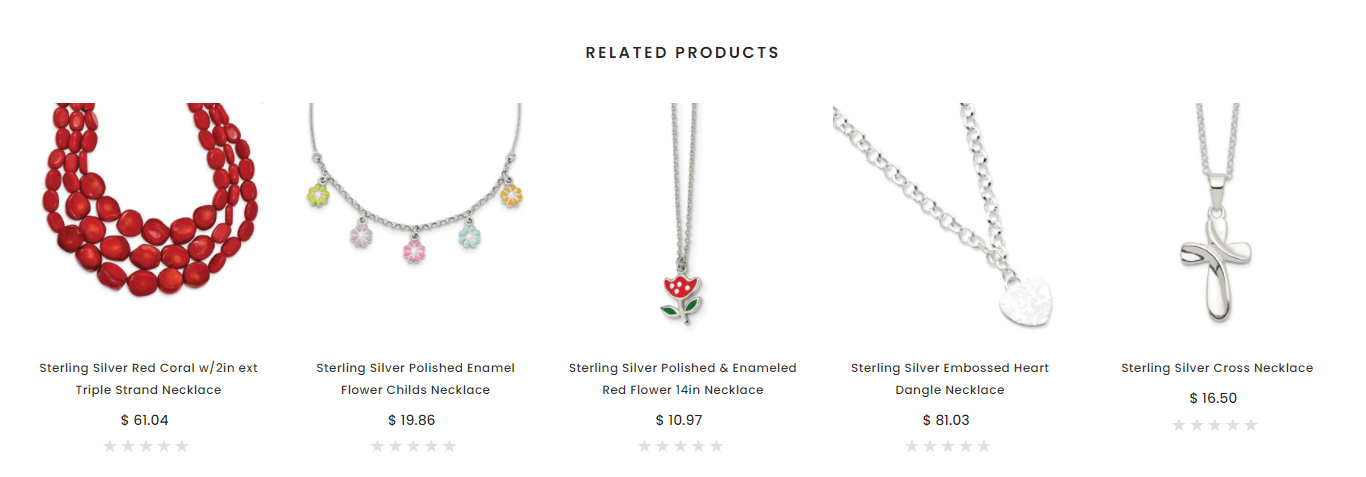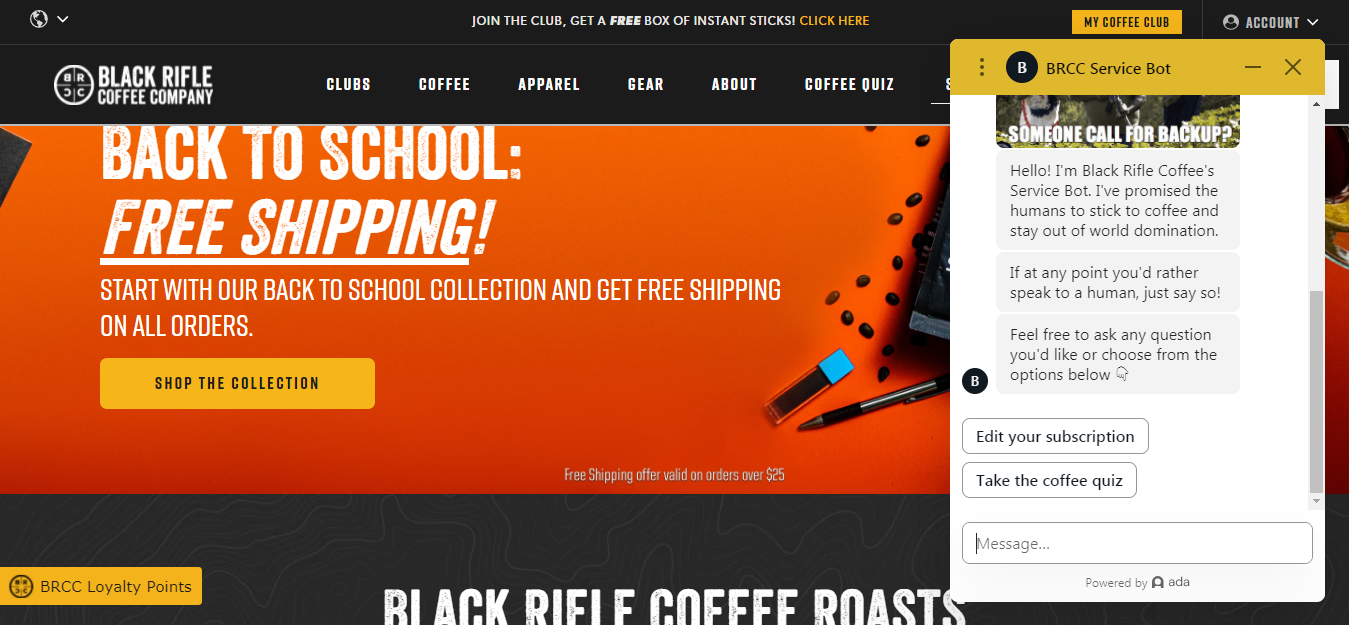How to Improve eCommerce Sales for Your Shopify Store?

The eCommerce industry is booming and Shopify as a platform for businesses to develop their online store is a great contributor. An in-depth introduction is not required for Shopify as we all know how it is beneficial. That is the reason many merchants are hoping on Shopify, ultimately increasing the eCommerce sales. In the recent quarter, eCommerce sales expanded by 27.6% globally, as indicated by cumulative data. This increase in sales is indicating towards the competition. So, where the competition is high, room for improvement is always present.
Dreaming of high sales is on everyone’s priority list. However, it is required to get your hands on various ways of growing sales for your Shopify store.
- Choose Shopify Payments for a smooth and simple checkout process
- SEO Audit to drive relevant and organic traffic
- Try out A/B testing for better conversion of the traffic
- Go global with Shopify Internationalization
- Integration with various marketing, shipping and operations apps
Apart from adding the above things to your sales growth strategy. Here are a few simple and advanced tips specifically indicating how to boost sales on Shopify with various recommendations.
1. Fully Optimized Landing Page
With the word ”well-developed,” you might be thinking about how a landing page looks well-developed and how to get sales on Shopify with this recommendation. A landing page is the main ingredient of your sales. After all, this will be the first impression on the shoppers. To develop it to convert customers, the job of a web designer becomes difficult. It’s a game of 0.05 seconds that can make you win your shoppers or lose them. Stepping into your customers’ shoes is the best option to come up with a user-centered design. Here the marketing strategy will come to light. From the designing perspective, creating personas is the best.
And, just for your knowledge, a persona is just as similar to a snapshot of a customer profile. Relevant information like language, income, age, goals, and problems should be taken into consideration while creating your marketing strategy to make your customer take action. From the content point-of-view, the headline should not be limited to what a product is. Instead, it should be a combination of future benefits. The product descriptions should be relevant and straightforward. Not only the headlines, but you can also come up with a benefit-oriented CTA. The landing page is not just about the design. It requires optimization of content length too.

Image Source: unitedblue.com
The following are some features to pay attention to on the landing page:
- Add Shopify Inbox which will help you convert customers and track
- Well explained and accurate product details
- Well designed and appealing call to action (CTA)
- Eye-catching graphics
- Informative and short headlines
- Client testimonials and reviews to showcase social proof
2. Recommended Products for Upselling and Cross-selling
Upselling and cross-selling are two strategies helping you increase your eCommerce sales. A suggestion to a buyer is to make an upgrade while the purchase is upselling. While cross-selling is a strategy where product recommendations are made but from different categories. For example, a pair of socks to a customer buying shoes. There is one more strategy apart from upselling and cross-selling, i.e. bundling. In this, various auxiliary products are combined with the main product.Look how Rock technolabs implemented recommnded products for one of our Shopify clients, Sophiajewelers.

Image Source: Sophiajewelers
There are plenty of free Shopify apps you come across that help in upselling and cross-selling. A few of the recommendations are:
- SuperBump for promotional offers after the purchase has been made
- Post Purchase Promotions for improving ROI with post-purchase upsells
- Zipify One Click Upsell for increasing AOV, i.e. Average Order Value with a single click
- Ultimate Special Offers for upselling at the store checkout
- CartHook Post Purchase Offers for including free gifts and one-click promotions
In increasing Shopify sales and with your searches on how to increase sales on Shopify , it is beneficial to add upselling and cross-selling to your marketing strategy. However, these two are far better than just showing random products.
You can better suggest products with the Handshake Marketplace. Doing so will help you save favorite products and suppliers for the future. The saved products can be further showcased to your most liked suppliers.
3. Make Social Media Pages More Shopper-friendly
Creating social media pages shopper-friendly is just like a helping hand in your business success. As everyone knows, a 14-year-old is available on social media. Even not only a 14-year old but a 50-year older adult too. You will be surprised to know as per Pew Research Center there are 84% of those aged 18-29, 81% of aged 30-49, 73% of aged 50-64 and 45% of aged 65 and more are available on Social Media. So, social media is a part of everyone’s life. Not making your social media channels shopper-friendly is your loss.
As to make your social media pages more shopper-friendly, you need to work on your posting schedule. The rhythm and the consistency should be the two sides of a coin. Compromising on any one of them will make you fall short of your selling efforts. With various quizzes and other engaging content, you can make your customers contribute to your content strategy. As there are various social media channels available, prioritizing each of them is required. But make efforts to treat them all the same.

Image source: Shopify
How to improve Shopify sales using Social Media Integration:
Now advertising on Instagram and Facebook is easy as you get to do it all from a Shopify dashboard. From the creation of the marketing campaigns to tracking and managing each one of them is hassle-free. Not only the marketing campaigns but your orders too. By following the simple steps mentioned below you can easily link Instagram and eCommerce:
Step 1 – Login in your Shopify admin, click overview under Facebook Sales Channel
Step 2 – In the Instagram Shopping section, click setup
Step 3 – Next, you need to link Facebook accounts and Facebook sales channel
Step 4 – In the end, to get the approval to accept the terms and conditions after reviewing them
Within 24-48 hours, you will get your approval. If you have a Shopify Basic plan or above then only you will be able to get the approval for this kind of request.
There are many apps to add to the above list as Shopify has an enormous number of apps available in the Shopify store, helping businesses boost sales.
4. Add LIVE Chat on Website
Shopify has made various attempts in helping businesses achieve their desired Shopify sales. After the launch of Shopify Ping, Shopify Chat was a virtual extension with all the messaging capabilities. Shopify developers getting their hands on this extension can make it appear on all the pages. Using this Shopify extension is effortless in building connections.

Image source: Black Riffle Coffee Company
Making real conversations happen in real-time have made businesses take a new way of improving sales. With this, marketers can get an idea on how to get more Shopify sales as customer demographics are achievable and get real-time suggestions for improvement. It also allows you to advertise and inspire customers to make a purchase. In simple words, with Shopify LIVE chat, you unlock a direct link to your potential customers. Hence, convenience and improved sales with live chatbot is in your court.
5. Add Pop-ups to Improve Sales
Pop-ups are not new. They are old-age gold and still in trend. Despite the fact they are popular in the eCommerce industry, they require zero technical knowledge. In other languages, we can signify pop-ups as an initiator to grab email addresses.

Image Source: perfectketo
As many of us have noticed pop-ups in the middle of the page, it’s not necessary that they can be found in the same place. One can notice them on the sides too. But to make it useful in an efficient way. You need to follow few practices:
- Switch to a cohesive design by using contrast colors, styles and fonts, making it look more like a part of your Website.
- Add value-oriented call-to-actions for improving the sales as giving your customers an advantage they will be more likely to take action.
- Consider behavior triggers by not immediately showing a big pop-up. Give your customers a few seconds to get familiar with your products.
Also, to not make your customer get irritated, you can choose slide-ins to make it noticeable but not distracting.
6. Take a Step Ahead with 360-degree Video + Images
The product gallery is the door to an essential information source in the Shopify store. Depending on the imagery, many customers make a purchase. So, instead of scratching your head thinking about how to boost Shopify Sales try out 360-degree images for an interacting experience. Just imagine how buyers rotate products around them; they can feel like moving in a store checking out the product. By trying out 360-degree images, you get to improve the time spent on the Website.
Moreover, a detailed overview of minor details will be showcased in front of your customer. Brand credibility will be an-add to the benefit of 360-degree imagery. Talking about the videos, complex products requiring more installation and functionality can be explained engagingly.
Also Read: Top 12 Essential eCommerce Website Features
7.Make Your Checkout Page Look Safe
Many Shopify stores make their checkout page look unsafe by making various mistakes. However, when creating a checkout page, few things should be taken into consideration:
- The checkouts are usually time-consuming. A customer on the checkout page is almost near to making a purchase. So, creating a single page checkout is advisable rather than 2-3 long pages.
- A timer to the checkout page can urge your customers to make a purchase fast. To do this, you can choose fera.ai for showing a timer. You can also add a personalized note once the timer gets over.
- Make available the progress bar highly visible. It’sIt’s essential to inform your customers about their purchasing journey and how far they have reached.
Adding the above three to your checkout process, you’ll be able to reduce the abandonment rate.
8. Add a Guest Checkout Page
When a buyer is in a purchasing phase, one thing is on the mind, i.e., making a purchase. At this point, asking them to create an account is too frustrating for the majority of them. Hence, resulting in a drop-off. For all customers to purchase without an account, creation is simple. You need to choose “Accounts are optional” from the customers’ accounts section. Under the settings after going to checkouts, you can allow your customers to purchase while being a guest.
For the existing customers, you can stick to the old way of showing login buttons. You can also offer a chance to log in via their social media accounts. This can be enabled by multi-pass payments. For that, you need to enable multi-pass from the customer account under the checkout from the settings. In this scenario, a secret OTP will be shared.
9. Personalized Product Recommendations
In 2021, not adding personalization, you are simply saying NO to sales as every one of us loves who remembers what choices we made in the past. Personalization is just a marketing way of reminding your customers of what can interest them based on preferences. Even personalization is not limited to past actions, but it can be done on various other factors. Demographics, locations, and related products are a few of the factors.
But it’s essential to make an alignment between buying behaviour and customers’ values. Adding personalization to your marketing strategy, you will be efficiently helping them:
- In making a purchase
- A more personalized experience
- Availing relevant offers
- An improvement on various channels
No matter what, your customers are demanding a personalized experience. Being a business owner, it’s your responsibility to deliver the desired experience. From motivating them to create their profiles to collecting data, you can maximize your sales.
10. Implement a Referral Program
Consumers trust the judgment of “actual people” more than traditional types of advertising, which is why referral marketing works. Often, the individual who advocates receives a discount or a gift, making it a win-win situation for everyone.
You’ll be astonished that the referral rate for the gifts industry was 229%, for home and garden 83% and for the beauty industry it touched to 64%.
You May Like This: 9 Interesting Shopify Fun Facts You Should Know
What Shopify metrics should you pay attention to?
Because your shop creates a lot of data, keeping track of it and making sense of it can be a challenging effort.
You don’t have to keep note of everything you come across. All you have to do now is focus on the indicators that will help you expand your company. Revenue, ROAS (return on ad spend), and new vs. returning customers are the most used metrics.
Revenue
Your north star metric is revenue or total sales. It tells you how much money your business makes. Looking at your sales numbers alone, on the other hand, will not move the needle. To truly grasp what drives your sales — both favorably and adversely — you must dig deeper.
You can analyze your numbers in several different ways. You can, for example, break out your revenue by channel to evaluate which marketing channels are more effective at generating sales. What is the source of your traffic? What are the best tracks for bringing in high-quality traffic?
You may also track your revenue by month, date, or time to determine when your consumers are most likely to make a purchase.
Return on ad spend
The return on ad spend is a valuable metric for determining the success of your purchased advertising. It tells you if you’re bringing in more money than you’re spending on advertisements.
Stores that work a lot of promotion and sale efforts, according to Duane, usually have a good ROAS. However, it is not a viable long-term strategy for expanding your firm. As a result, you’ll want to target those willing to pay the total price for your products while executing paid advertisements.
New customers vs. those who are returning
As your company expands, you’ll want to know how many new and returning customers are coming into your store.
On the other hand, returning customers are people who are familiar with you and (usually) glad to shop at your online business. New customers are those who have never purchased your products. Typically, the cost of acquiring a new customer is higher than the cost of returning a customer.
The Final Lines!
To maximize and retain customers both are equally challenging. And, in the competitive world, if we talk about retention that it has already overtaken acquisition. So, to retain and maximize your Shopify sales, walk on the road of earning loyalty, adapting a revenue model based on recurring purchases and customer value. In the comment section, let us know any other Shopify store development services you have availed of yet to maximize your Shopify store sales. Also, what is your outlook on the above-shared recommendations?





